Despite the dying tradition of making faraal and sweets for Diwali, women from different communities tell us why they labour every year
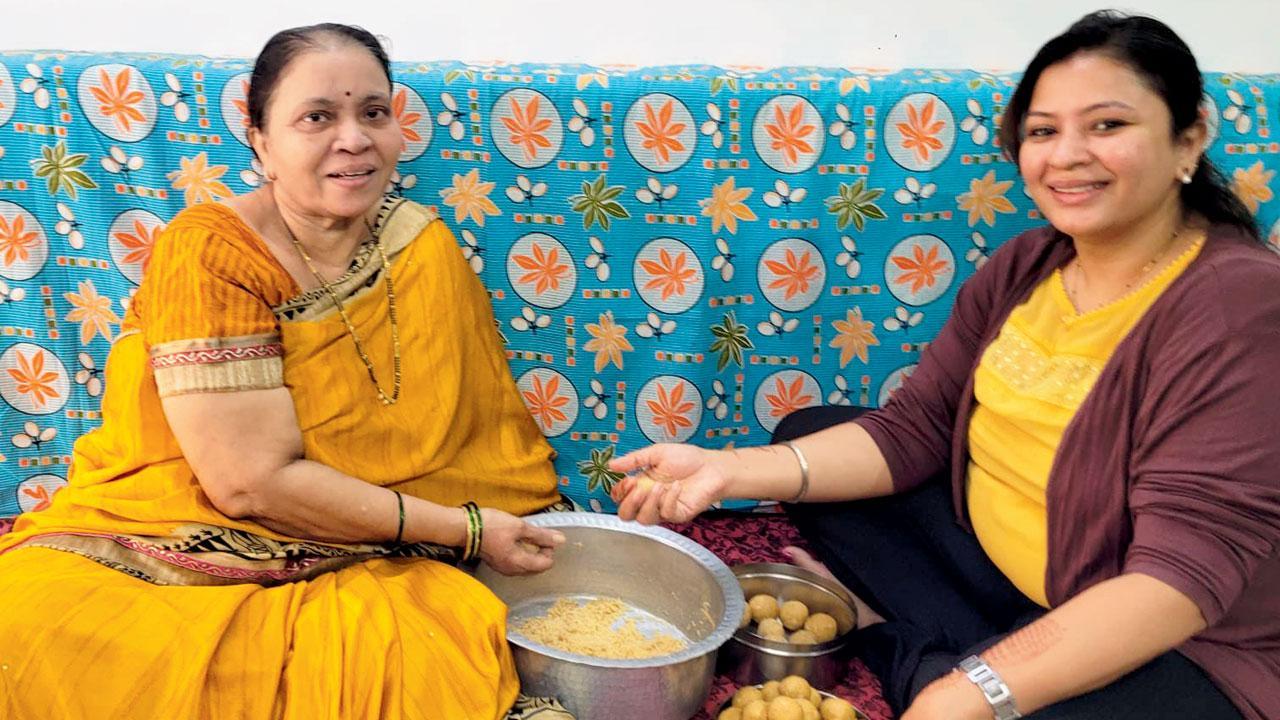
Supriya Gokhale helps her mother Shubhangi Gokhale with the Diwali prep
A week prior to Diwali, deep cleaning is a mandatory exercise in every Indian home. Mothers and grandmothers stand in the kitchen for hours and painstakingly prepare traditional sweets and faraal (savoury snacks). Every community has a different way of making these though. For this writer, growing up in a Kutchi community, home meant enjoying mathiya and chorafadi during the Festival of Lights. And after speaking to a few women in Mumbai who continue to make Diwali goodies by hand at home, it sent us on a trip down memory lane.
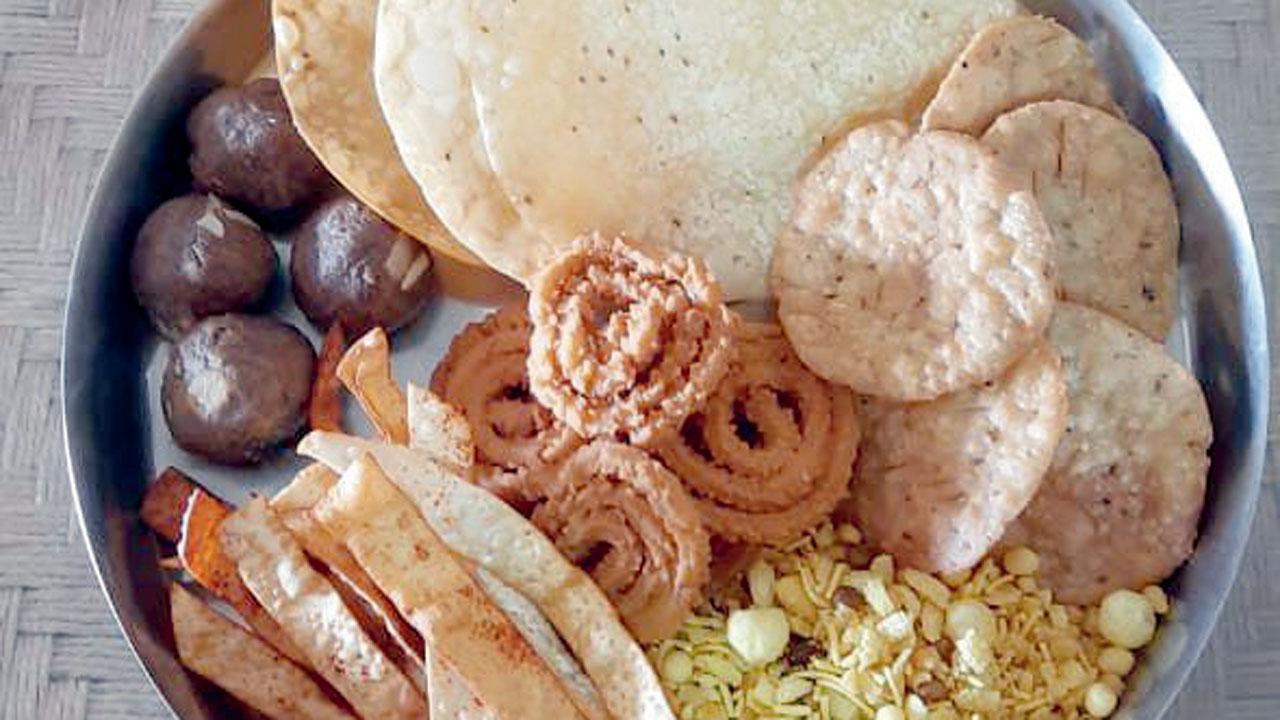
(Clockwise from right) Mathiya, puri, poha chivda, chorafadi, nachni laddoo and chakli
“From childhood, Diwali was an occasion where I could gorge on my favourite sweets and savouries. These dishes were not made during the rest of the year. So, every year, I used to wait to eat these laddoos made lovingly by mom,” recalls Akshata Prabhu Rathod, 33, an HR professional who started Mithai Bliss during the pandemic after she lost her job. As a Konkani Mangalorean, Rathod says their sweets are unique and not easily available to buy in the city.
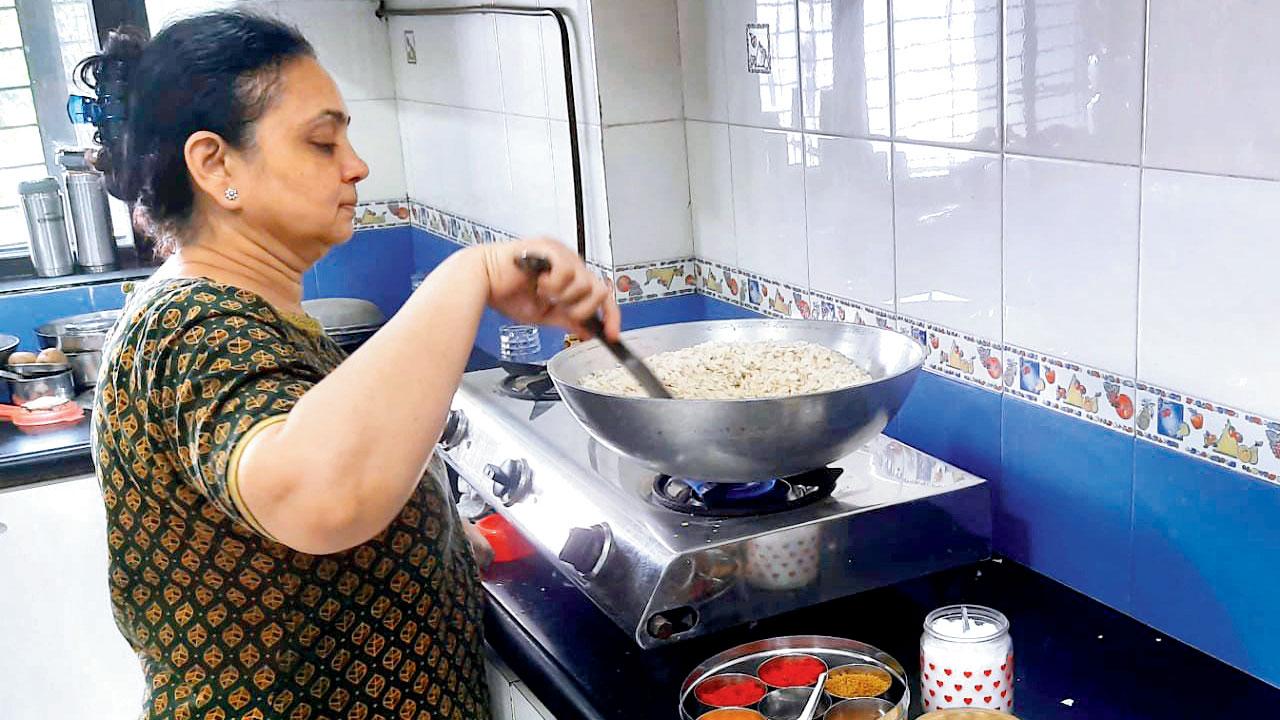
Fifty-year-old Gujarati homemaker Priti Mehta recalls how she grew up watching her mother make faraal and sweets every year for Diwali
Just before Diwali, she makes phenori, which is a rolled up maida sweet dipped in sugar syrup. The mando or mandighe is a Konkani sweet made up of maida, roasted coconut, sesame seeds and cardamom powder. Churmundo are wheat atta and rawa laddoos, and saat is like a flaky balushahi. Khadi is made of besan and is similar to a mohanthal. Rathod learnt to prepare all of this from her mum.
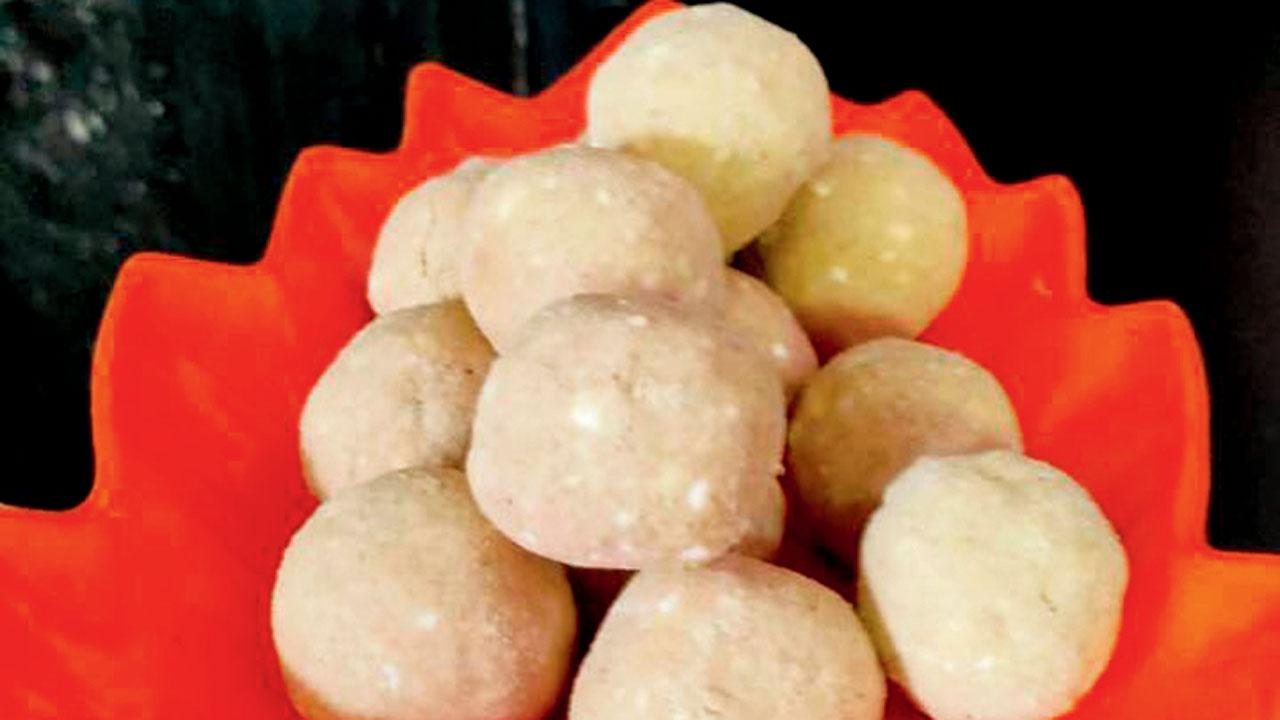
Churmundo
But, she is not the only one who is keeping the traditional recipes alive. Fifty-year-old Gujrati homemaker Priti Mehta recalls how she grew up watching her mother make faraal and sweets for Diwali. Even today, Mehta takes out time to make mathiya, a sweet and spicy crispy papad; poha chivda, fafda, chorafadi, chakli, and puri. Some of the sweets she makes include mohanthal, kharjur pak—a mawa mithai made of dates and dry fruits—ghugra, a sweet deep-fried dumpling, and magaj (melon seeds) laddoo.
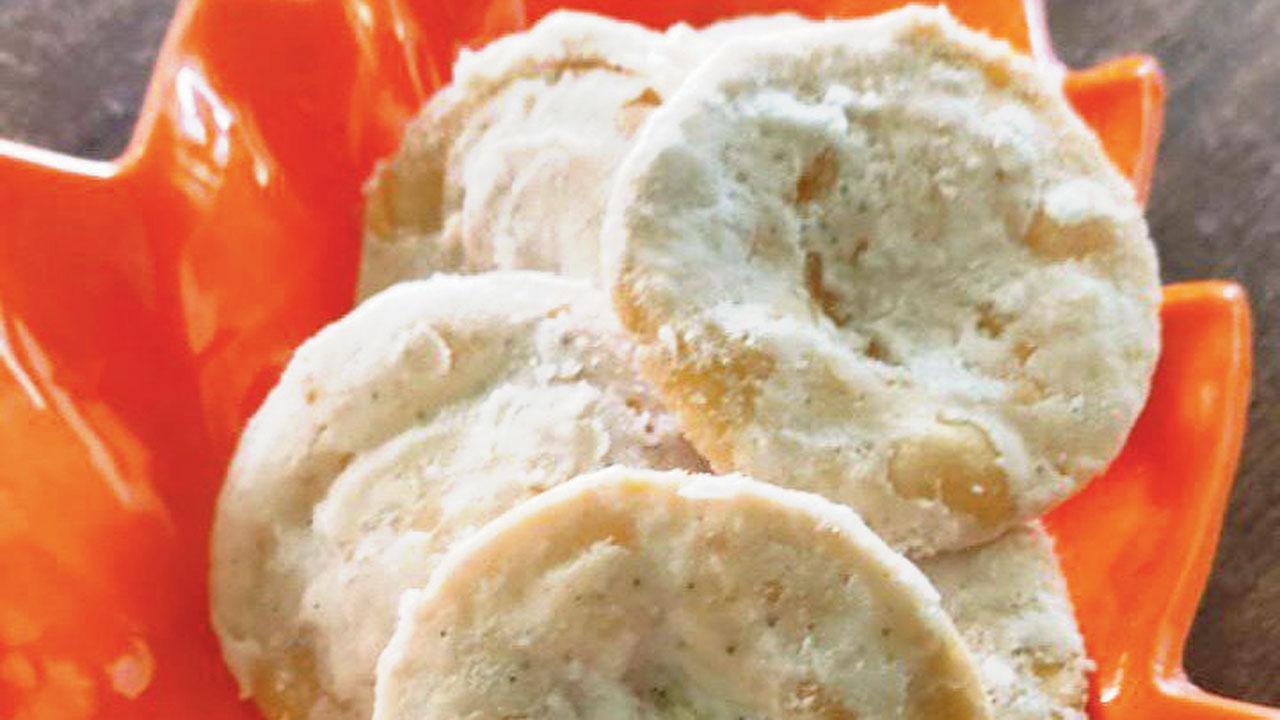
Phenori
Cosmetologist Supriya Gokhale’s mother, Shubhangi Gokhale, who is 66, not only makes faraal every year, but also runs a small home-run business offering traditional Maharashtrian sweets all year round. She, along with her daughter’s help, makes chakli, sev, poha chivda, different types of laddoos and karanji, which is a Maharashtrian variant of ghugra with coconut. “My mother is very passionate and enthusiastic when it comes to cooking,” says Gokhale. While Gokhale helps her mother making the faraal items, she admits that if she had her way, she’d buy them ready made. “As a working professional, I don’t get the time to make these at home. However, my daughter, who has grown up watching me and her grandmother make these delicacies, is naturally drawn and helps us in the kitchen.”
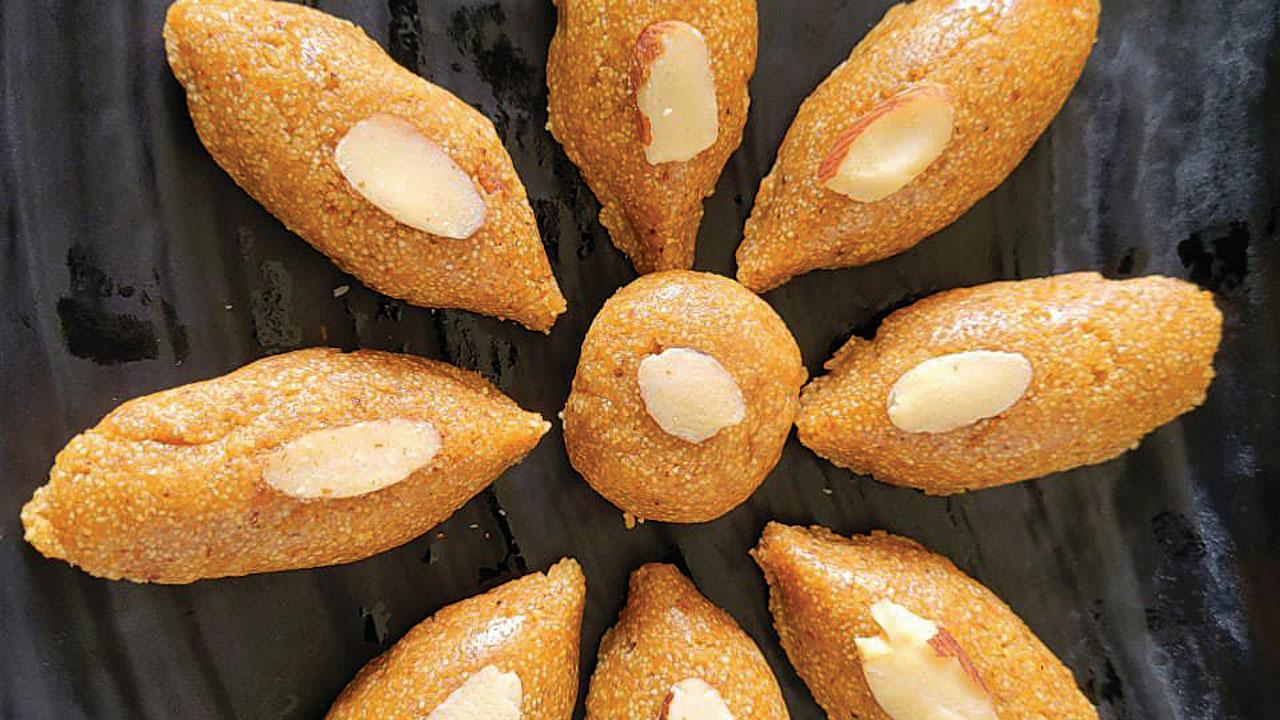
Rawa besan wadi
The pandemic, however, has turned the tide towards home chefs who customers seek out instead of picking up packets from stores. “Those who run home-run businesses know the authentic taste of dishes and the ingredients used are of good quality. Hygiene is another important reason to choose them,” shares Rathod. There is no doubt that making faraal is time-consuming and tedious. But for Gokhale, “it gives the homemaker a sense of empowerment and happiness. My mother cannot eat these foods since she is diabetic but she feels happy that so many people are enjoying the foods she has prepared.”
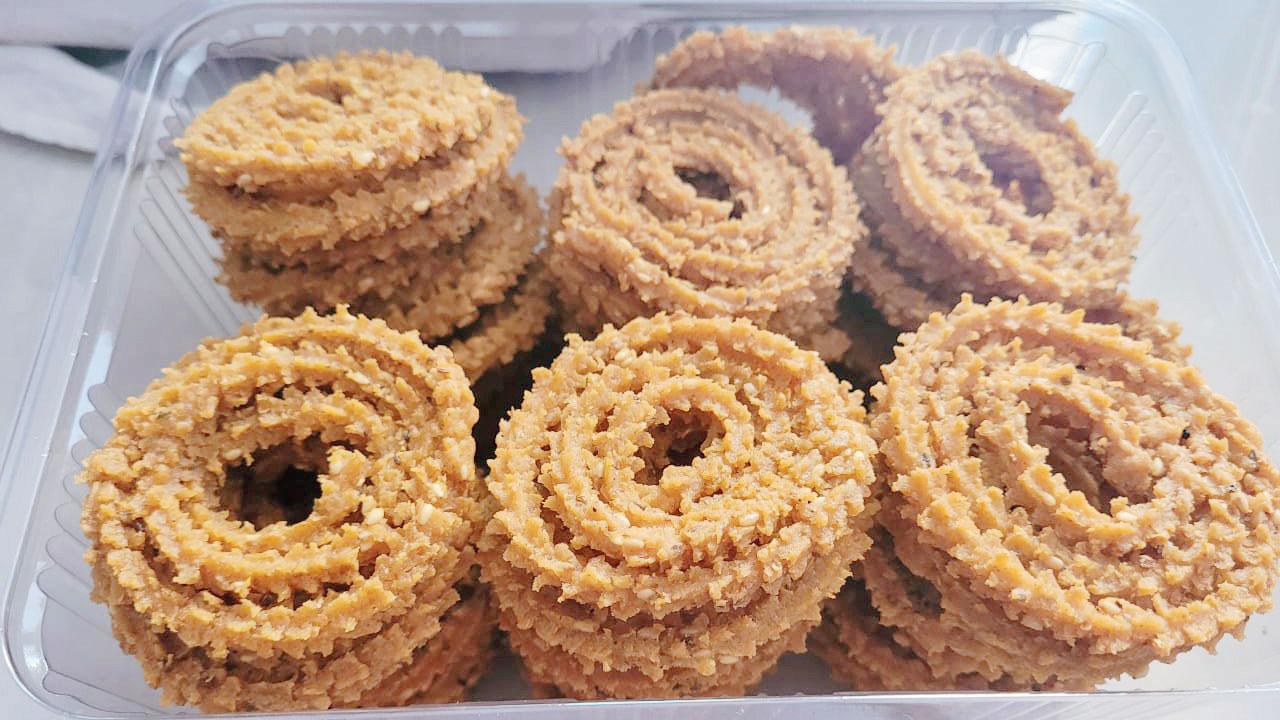
Chakli
Mehta also shares a similar reason for making this year after year. “The feeling of happiness and fulfilment after working hard and making something for your family is irreplaceable.” For those who want to experience this, but can’t due to lack of time, she suggests making them in smaller quantities on weekends.

Garden cress laddoo
The younger generation is more drawn to desserts from the West. Besides, another reason why this tradition is dying is because people are becoming more diet conscious and want to stay away from fried and sweet delicacies. To overcome this, Mehta has already adapted a few techniques like making fusion mithai. “I add chocolate to khajur pak so that my children can try it.”
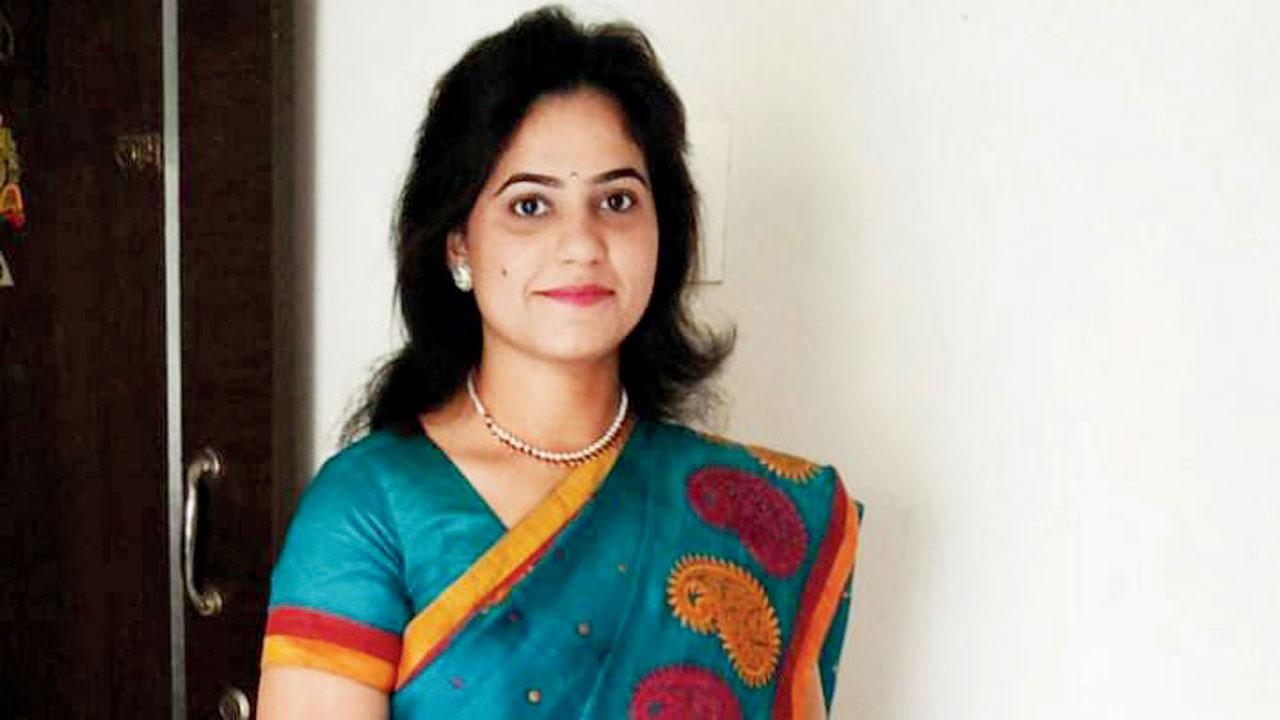
Akshata Prabhu Rathod
And she also tries to make healthy variants. “Replacing sugar with jaggery is a good way to make it [sweets] healthier. I also bake mathiya instead of frying,” adds Mehta. Gokhale has also introduced healthy options such as methi laddoo, dink laddoo and makhana (foxnuts). The modern generation of revellers may be health conscious but Gokhale is still optimistic. “I don’t see these traditions dying out. Indians are very emotional people.”
 Subscribe today by clicking the link and stay updated with the latest news!" Click here!
Subscribe today by clicking the link and stay updated with the latest news!" Click here!










